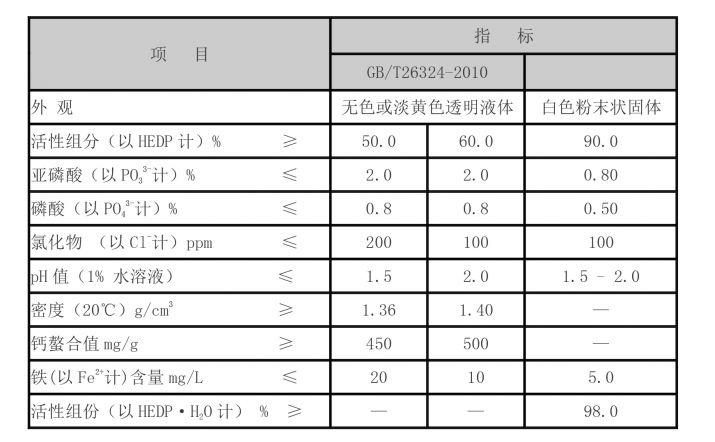Exploring Different Types of Flocculants and Their Applications in Water Treatment
Understanding Flocculant Types An Essential Component in Water Treatment
Flocculants are chemical agents that facilitate the aggregating of fine particulates into a floc, or a clump. This process is crucial in various industries, particularly in water treatment, where it helps to clarify waters by removing suspended solids, colloids, and other contaminants. The effectiveness of flocculants is influenced by their type, formulation, and application conditions. In this article, we will explore the main types of flocculants, their characteristics, and their applications.
Types of Flocculants
Flocculants can be broadly categorized into two major types inorganic flocculants and organic flocculants.
Inorganic Flocculants
Inorganic flocculants include compounds such as aluminum sulfate (alum), ferric chloride, and polyaluminum chloride.
1. Aluminum Sulfate (Alum) This is the most commonly used inorganic flocculant. When alum is added to water, it hydrolyzes to form aluminum hydroxide, which envelops suspended particles, making them larger and easier to remove from water. It is cost-effective and effective in various conditions but may lead to increased residual aluminum in treated water.
2. Ferric Chloride This compound serves a dual purpose as both a coagulant and a flocculant. It works similarly to alum but is more effective in low pH conditions. Ferric chloride is particularly beneficial for removing organic matter in wastewater treatment.
3. Polyaluminum Chloride (PAC) PAC is a newer type of inorganic flocculant, known for its high efficiency and lower dosage requirements compared to alum and ferric chloride. It works over a wider range of pH levels and produces less sludge, making it an attractive option for many treatment facilities.
Organic Flocculants
Organic flocculants are usually synthetic or natural polymers that have the ability to interact with particulate matter. They can be categorized into nonionic, anionic, and cationic flocculants.
flocculant types

1. Nonionic Flocculants These flocculants do not carry a charge and are effective in a variety of conditions. They are often used in industrial processes where the interactions between particles are influenced by non-electrostatic forces.
2. Anionic Flocculants These carry a negative charge and are especially useful for treating positively charged colloids. Anionic flocculants help to destabilize colloidal suspensions by neutralizing the charges, which promotes the aggregation of particles. They are commonly used in applications like mining and wastewater treatment.
3. Cationic Flocculants Conversely, cationic flocculants carry a positive charge and are effective for negatively charged particles. They are widely used in the pulp and paper industry, as well as in the treatment of wastewater, where they help to remove organic materials and improve sedimentation rates.
Application Areas
Flocculants play a vital role in various sectors
- Water Treatment In municipal water treatment plants, flocculants are employed to purify drinking water from impurities and pathogens. They enable efficient sedimentation and filtration processes.
- Wastewater Treatment In industrial wastewater treatment, flocculants help remove contaminants to meet regulatory standards before releasing treated water back into the environment.
- Mining The mining industry uses flocculants to separate minerals from ore, enhancing the efficiency of mineral processing.
- Pulp and Paper Production Flocculants are crucial in enhancing fiber recovery and clarifying pulp.
Conclusion
The choice of flocculant is pivotal for achieving optimal results in water purification and treatment processes. Understanding the different types of flocculants—both inorganic and organic—allows industries to select the appropriate agent based on specific needs and conditions. With ongoing innovations in flocculant formulations, the effectiveness, safety, and environmental impact of these agents continue to improve, making them an indispensable tool in water management today.
-
lk-319-special-scale-and-corrosion-inhibitor-for-steel-plants-advanced-solutions-for-industrial-water-systemsNewsAug.22,2025
-
flocculant-water-treatment-essential-chemical-solutions-for-purification-processesNewsAug.22,2025
-
isothiazolinones-versatile-microbial-control-agents-for-industrial-and-consumer-applicationsNewsAug.22,2025
-
scale-inhibitor-key-solutions-for-water-system-scale-preventionNewsAug.22,2025
-
organophosphonates-versatile-scale-inhibitors-for-industrial-water-systemsNewsAug.22,2025
-
scale-and-corrosion-inhibitor-essential-chemical-solutions-for-water-system-maintenanceNewsAug.22,2025





